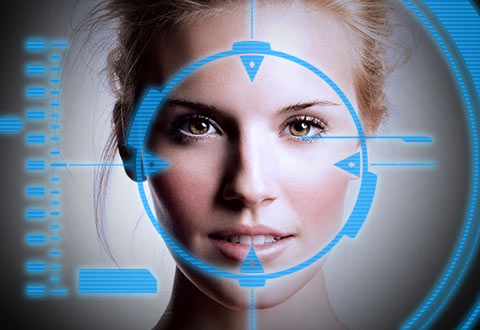 NEWS
NEWS
 NEWS
NEWS
 NEWS
NEWS
![]() Liberals, get ready to be outraged once again. The FBI has just announced that it’s moving ahead with its new, one-billion dollar Next Generation Identification (NGI) system, a frighteningly extensive database of mugshots, DNA records, voice samples, iris scans, fingerprints and other metrics that the bureau will be able to use in its fight against crime.
Liberals, get ready to be outraged once again. The FBI has just announced that it’s moving ahead with its new, one-billion dollar Next Generation Identification (NGI) system, a frighteningly extensive database of mugshots, DNA records, voice samples, iris scans, fingerprints and other metrics that the bureau will be able to use in its fight against crime.
But while this database sounds impressive in its own right, what’s really caught the attention of privacy advocates is how the FBI obtains its data, drawing upon a nationwide network of photo databases and cameras, often without your knowledge.
Previously, the FBI has had to rely on the outdated IAFIS fingerprint database, but recently it’s begun trials with a new facial recognition system that will eventually incorporate numerous other biometrics. The idea behind the project is that it will allow the FBI to identify suspects and witnesses much faster, resulting in less unsolved cases.
The new database is pretty advanced these days too, with the New Scientist reporting that the system can accurately match a face from the 1.6 million mugshots, driving license and passport photos it has in its possession 92% of the time, and it can do so in less than two seconds. Meanwhile, for those cases where there is also a DNA sample, an iris scan or some other biometric available, the success rate nears 100% accuracy.
This all sounds great in theory but there are a few concerns about the system. The FBI insists it will only use photos of known criminals – those who have previously been convicted – but doesn’t guarantee that things will always be this way. The fact they aren’t legally bound to restrict themselves to what is a relatively small demographic of people with criminal convictions means that the Bureau will surely be tempted at a later date to extend its database to include others, and not just from driving license and passport application photos, but also sources like CCTV footage.
It’s pretty frightening to think what might happen if NGI one day gains access to every bit of biometric data available – passports, driving licenses, DNA from doctors, iris scans from businesses etc, etc. With no checks or balances in place, the NGI has the potential to trash the very concept of freedom and privacy as we know it.
So don’t forget your hoodie on the way out…
Support our open free content by sharing and engaging with our content and community.
Where Technology Leaders Connect, Share Intelligence & Create Opportunities
SiliconANGLE Media is a recognized leader in digital media innovation serving innovative audiences and brands, bringing together cutting-edge technology, influential content, strategic insights and real-time audience engagement. As the parent company of SiliconANGLE, theCUBE Network, theCUBE Research, CUBE365, theCUBE AI and theCUBE SuperStudios — such as those established in Silicon Valley and the New York Stock Exchange (NYSE) — SiliconANGLE Media operates at the intersection of media, technology, and AI. .
Founded by tech visionaries John Furrier and Dave Vellante, SiliconANGLE Media has built a powerful ecosystem of industry-leading digital media brands, with a reach of 15+ million elite tech professionals. The company’s new, proprietary theCUBE AI Video cloud is breaking ground in audience interaction, leveraging theCUBEai.com neural network to help technology companies make data-driven decisions and stay at the forefront of industry conversations.